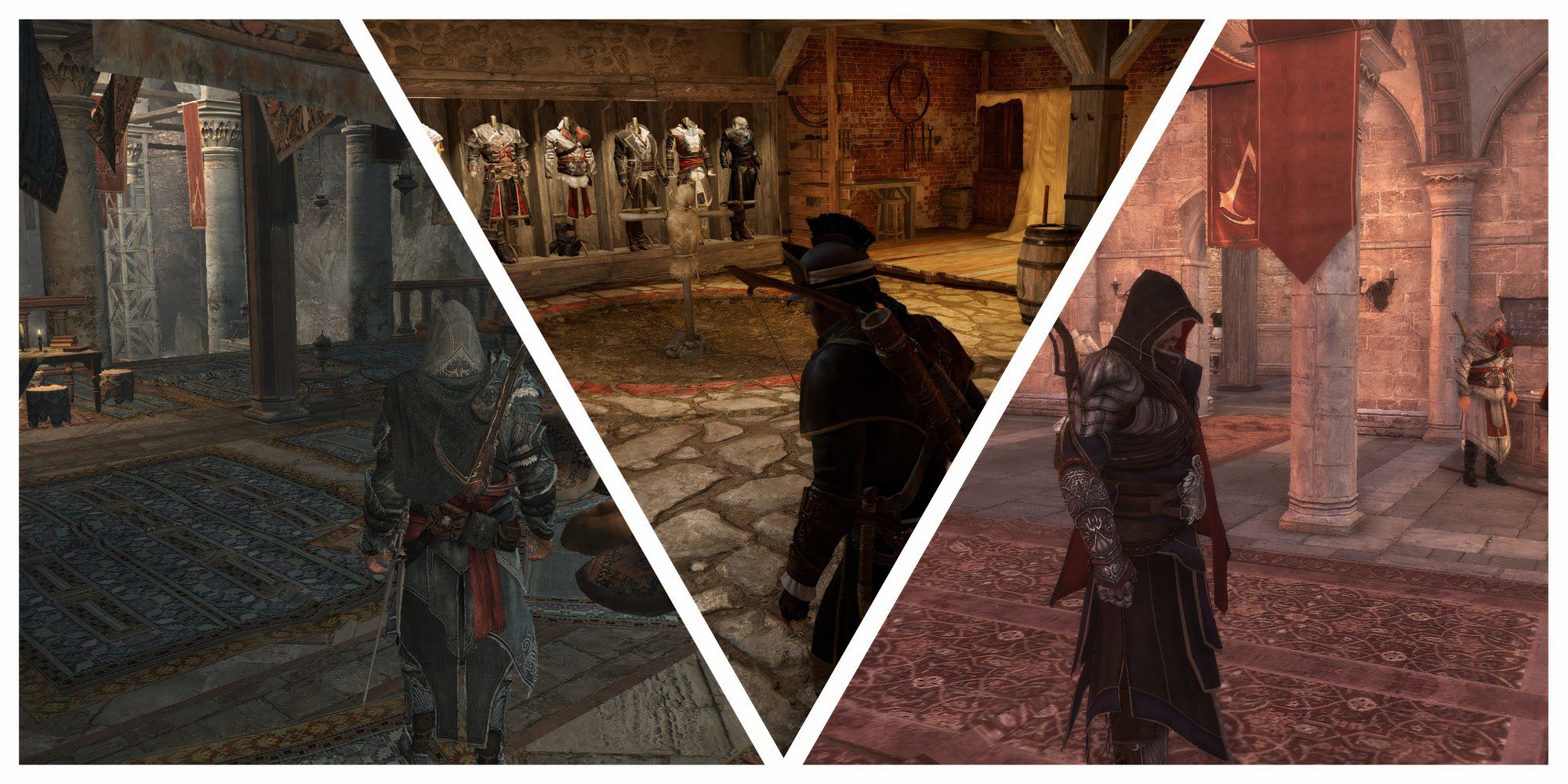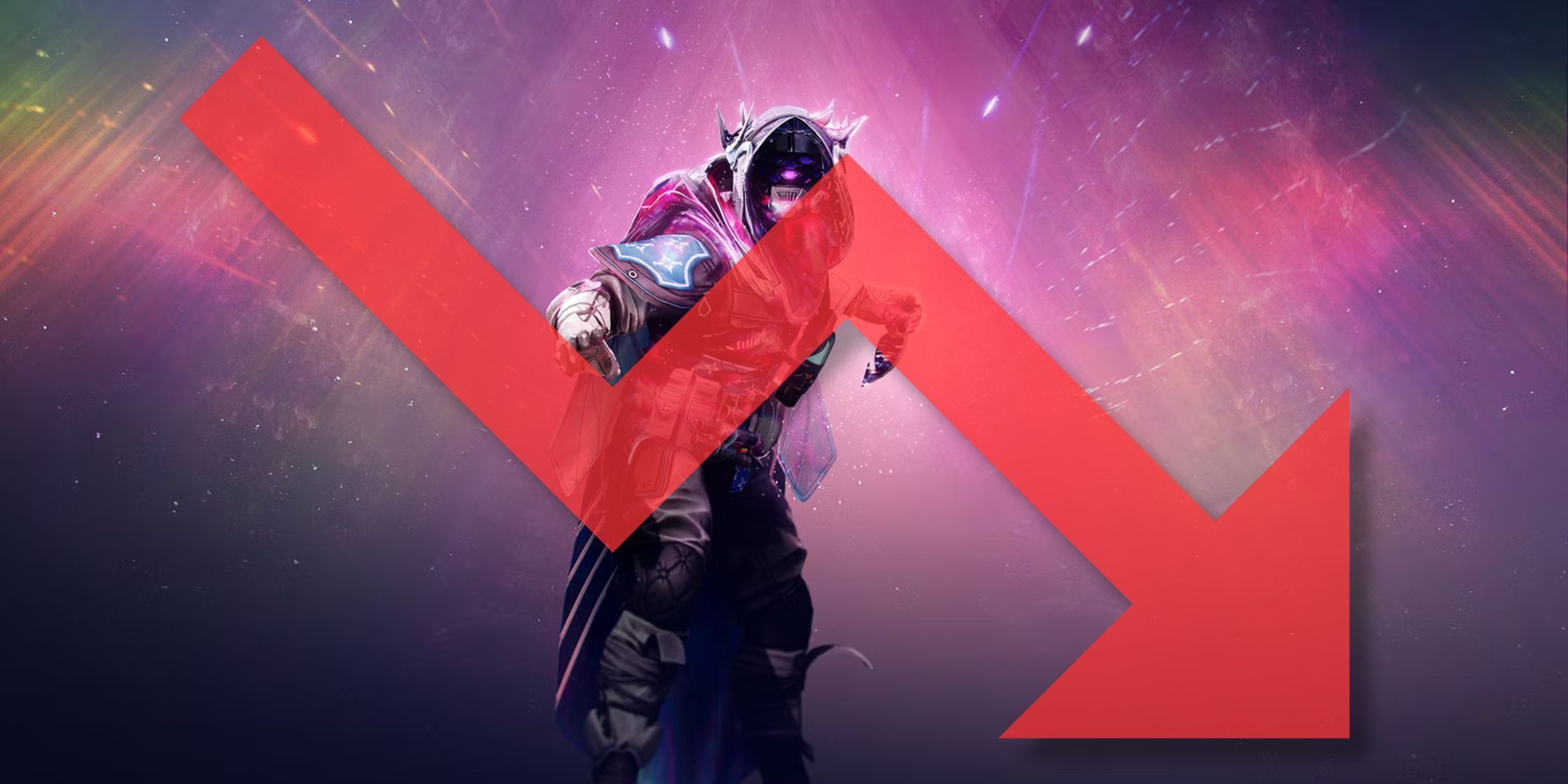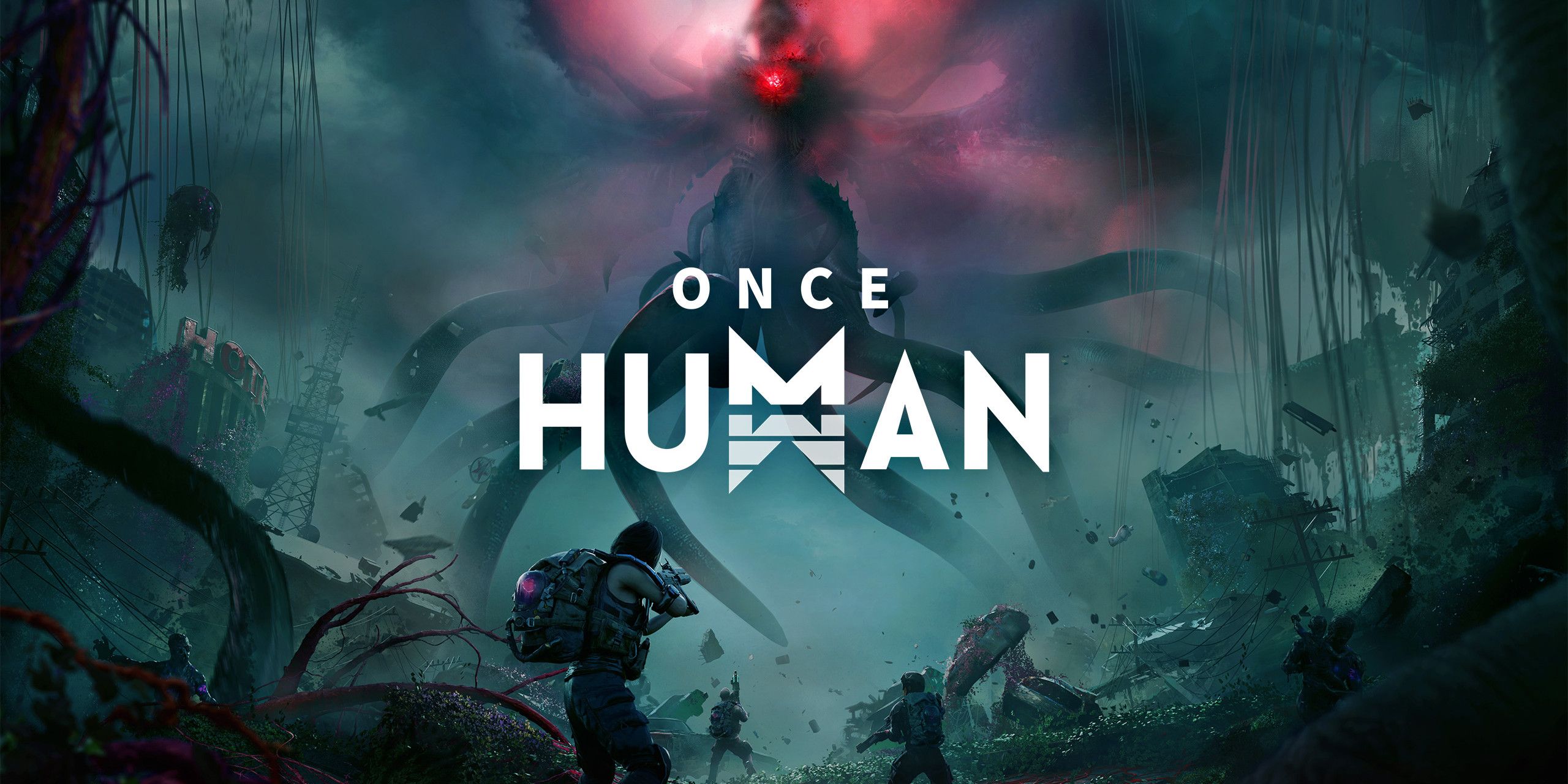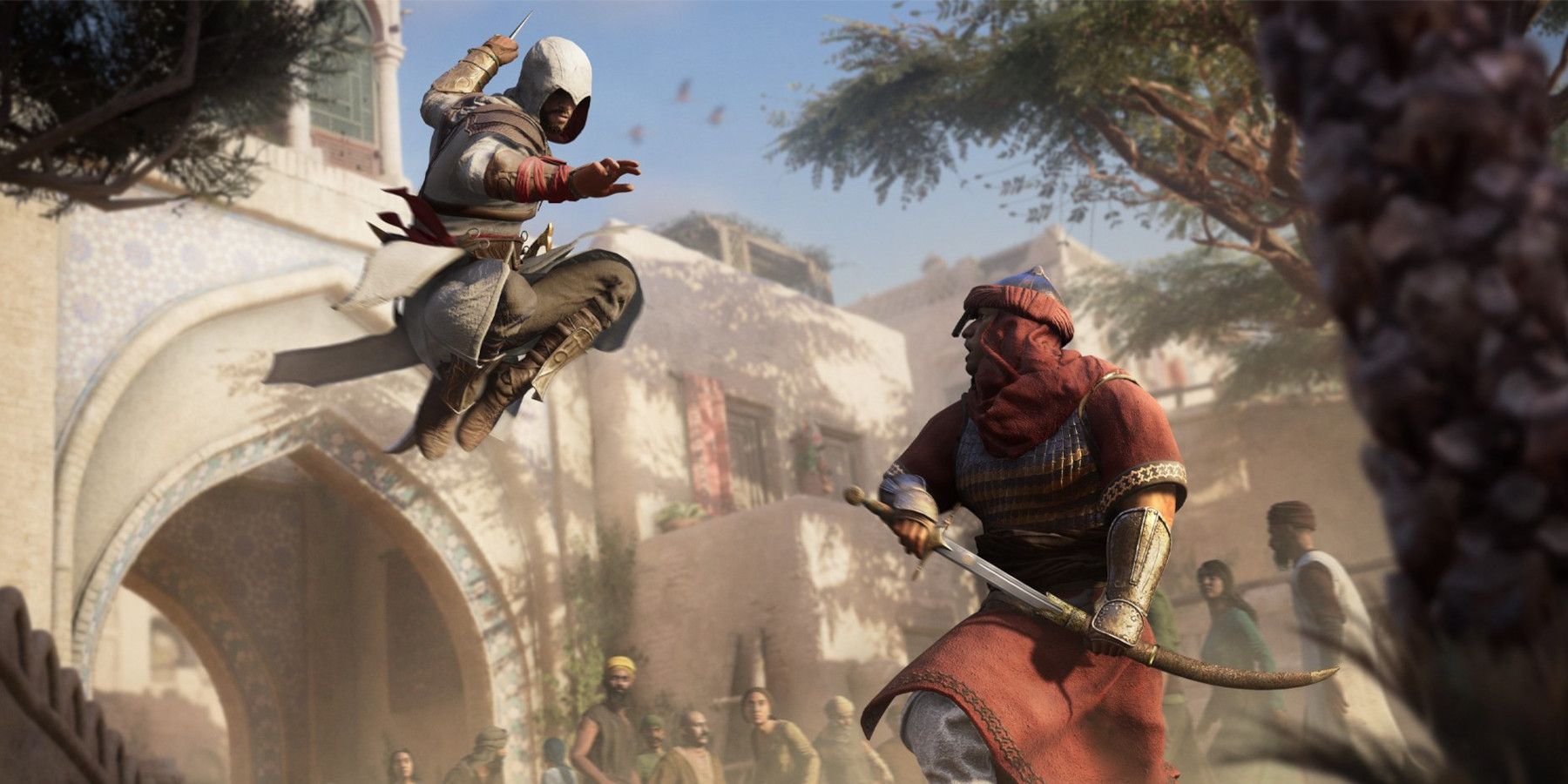Highlights
- The historical setting is a major selling point for the Assassin's Creed franchise, with each game focusing on a different time period and working with historians to ensure accuracy.
- The Assassin's Creed timeline has become convoluted over the years, with 13 mainline entries covering over 1000 years.
- The series chronologically starts with Assassin's Creed Odyssey, set in Ancient Greece, and progresses through different time periods, revealing the origins of the Assassins and Templars as well as the First Civilization.
The Assassin's Creed franchise has a lot going for it. Back when the first Assassin's Creed released in 2007, there were few big-budget stealth open-world games on the market, and over the next few years the Assassin's Creed series quickly filled that niche with its unique blend of parkour, stealth, and combat. But while those are all core parts of Assassin's Creed's identity, they aren't usually what set the series apart from its competition. Instead, it's often Assassin's Creed's historical setting that's the series' biggest selling point.
Working alongside actual historians, each Assassin's Creed focuses on a completely new time period and historical setting, and a great deal of work goes into ensuring each one looks and feels authentic and accurate. But with each Assassin's Creed game delving into a new time period, it's only natural that the overall series timeline has gotten a little convoluted over the years, with the series' 13 mainline entries covering a span of well over 1000 years now.
Explaining Assassin's Creed's Timeline
- Assassin's Creed Odyssey - 431-404 BC
- Assassin's Creed Origins - 49-43 BC
- Assassin's Creed Mirage - 850 AD
- Assassin's Creed Valhalla - 872 - 878 AD
- Assassin's Creed - 1191 AD
- Assassin's Creed 2 - 1476-1499 AD
- Assassin's Creed Brotherhood - 1499-1507 AD
- Assassin's Creed Revelations - 1511-1512 AD
- Assassin's Creed 4: Black Flag - 1715-1722 AD
- Assassin's Creed Rogue - 1752-1776 AD
- Assassin's Creed 3 - 1754-1783 AD
- Assassin's Creed Unity - 1776-1800 AD
- Assassin's Creed Syndicate - 1868 AD
Chronologically, the very first game in the Assassin's Creed franchise is Assassin's Creed Odyssey. Set in Ancient Greece, Assassin's Creed Odyssey sees players control either Kassandra or Alexios as they battle their way through the Peloponnesian War, uncovering some pretty big cosmic secrets along the way. Along with Assassin's Creed Origins, which is set a few hundred years after, Odyssey peels back the curtain on how the Assassins and the Templars came to be, originally known as the Hidden Ones and the Order of the Ancients respectively. These games also reveal a bit more about the First Civilization, also known as the Isu, a highly advanced species that lived 77,000 years ago and was wiped out by a solar flare, but not before they created humanity and passed on their own consciousness through their DNA.
The timeline then skips forward by 900 years, reaching the most recent entry, Assassin's Creed Mirage, which centers around a Hidden One named Basim. Basim goes on to be featured in Assassin's Creed Valhalla, set just a few decades after Mirage, where it's revealed he's the ancestor of Loki, one of the ancient Isu that's passed down their consciousness. Valhalla's protagonist Evior is the reincarnation of another Isu, Odin.
Skipping forward a few hundred years, the very first Assassin's Creed game is set during the Third Holy Crusade, where Assassin Altair finds a Piece of Eden, an ancient Isu artifact of unknown power. Another few hundred years later, the Ezio trilogy begins. Set in the Renaissance era, Assassin's Creed's Ezio trilogy ends with Ezio finding that same Piece of Eden. 200 years later, Assassin's Creed 4: Black Flag sees Edward Kenway become a pirate lord and a member of the Assassin Order. His son, Haytham Kenway joins the Templars instead, and his own son, Assassin's Creed 3's Connor Kenway, joins the Assassins. Assassin's Creed Unity and Syndicate follow pretty much straight after.
Of course, there's a whole other section of Assassin's Creed's story that doesn't fit quite as snugly on the timeline. Throughout the series, there are multiple modern-day segments, where players control a character outside the Animus. These modern-day segments tend to move forward linearly between each new entry. Chronologically, the first modern-day protagonist is Desmond, introduced in the first Assassin's Creed. In Assassin's Creed 3, Desmond sacrifices himself to stop another solar flare from hitting the Earth. The current modern-day protagonist is Layla, who recovered the Staff of Hermes from the Isu facility Atlantis, and was tricked into freeing Basim/Loki from the Isu super-computer known as Yggdrasil. Trapped inside the network of information known as The Grey, Layla works with the disembodied Desmond to prevent another global disaster from taking place.




